Cost-Effectiveness
Cost-effectiveness is a critical driver influencing the Modular and Portable Building Market. The ability to reduce construction time and labor costs makes modular buildings an attractive option for various sectors. Data indicates that modular construction can lead to savings of up to 20% compared to traditional building methods, primarily due to reduced on-site labor and shorter project timelines. This financial advantage is particularly appealing to businesses and organizations looking to optimize budgets while still achieving high-quality results. As economic pressures continue to shape the construction landscape, the Modular and Portable Building Market is likely to benefit from this cost-effective approach, attracting a broader range of clients.
Rapid Urbanization
Rapid urbanization is driving demand within the Modular and Portable Building Market. As populations in urban areas continue to swell, the need for quick and efficient housing solutions becomes increasingly urgent. Modular buildings offer a viable response to this challenge, allowing for the swift construction of residential units, schools, and commercial spaces. Market analysis indicates that urban areas are experiencing a significant rise in modular construction projects, as they provide a practical solution to housing shortages. This trend suggests that the Modular and Portable Building Market is well-positioned to capitalize on the ongoing urbanization, providing essential infrastructure in densely populated regions.
Technological Innovations
Technological advancements are reshaping the landscape of the Modular and Portable Building Market. Innovations in construction techniques, materials, and design software are streamlining the building process, resulting in faster project completion times and reduced costs. For instance, the integration of Building Information Modeling (BIM) allows for precise planning and execution, minimizing errors and enhancing efficiency. Furthermore, the adoption of smart technologies in modular buildings, such as energy management systems and IoT devices, is becoming increasingly prevalent. This trend suggests that the Modular and Portable Building Market is not only evolving but also becoming more competitive, as technology plays a crucial role in meeting modern construction demands.
Sustainability Initiatives
The increasing emphasis on sustainability appears to be a pivotal driver for the Modular and Portable Building Market. As environmental concerns gain traction, stakeholders are increasingly seeking eco-friendly construction solutions. Modular buildings, often constructed with sustainable materials and energy-efficient designs, align well with these initiatives. According to recent data, the market for green building materials is projected to reach substantial figures, indicating a shift towards sustainable practices. This trend not only reduces the carbon footprint but also enhances the appeal of modular structures in various sectors, including residential, commercial, and educational. Consequently, the Modular and Portable Building Market is likely to experience growth as more entities prioritize sustainability in their construction projects.
Customization and Flexibility
Customization demands are emerging as a significant driver within the Modular and Portable Building Market. Clients increasingly seek tailored solutions that meet specific needs, whether for temporary offices, classrooms, or healthcare facilities. The ability to modify designs, layouts, and functionalities allows for greater adaptability in various applications. Market data suggests that the demand for customized modular solutions is on the rise, with many manufacturers offering a range of options to cater to diverse client requirements. This flexibility not only enhances user satisfaction but also positions the Modular and Portable Building Market as a viable alternative to traditional construction methods, which often lack such adaptability.


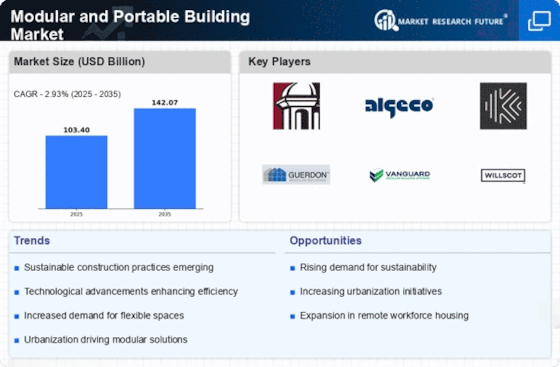

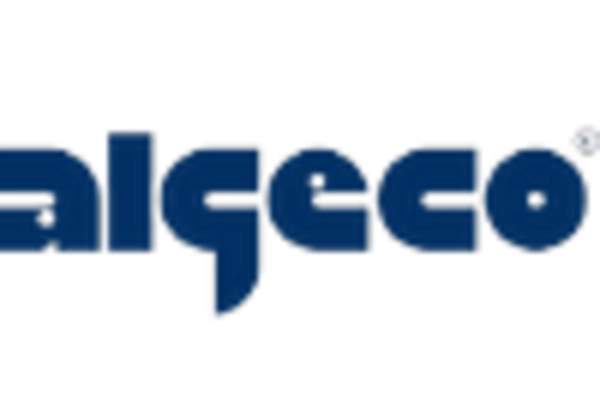

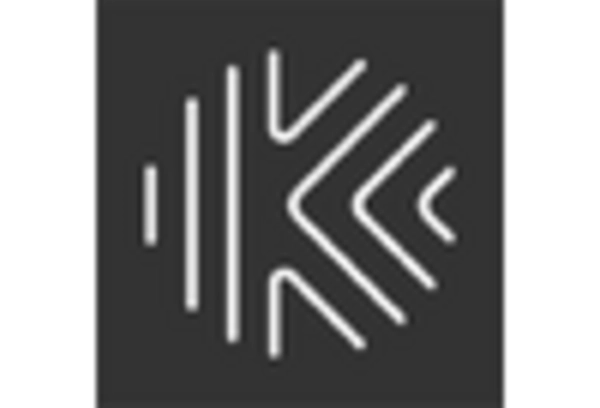

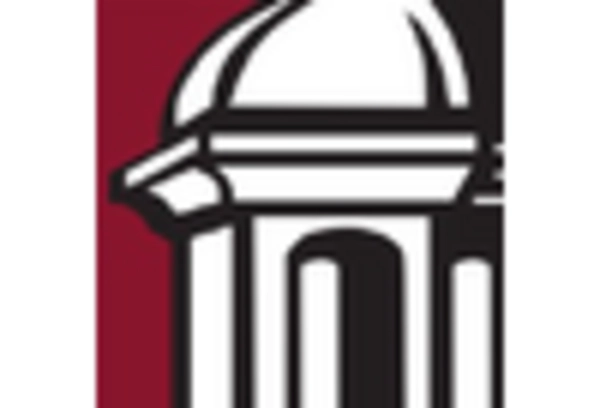
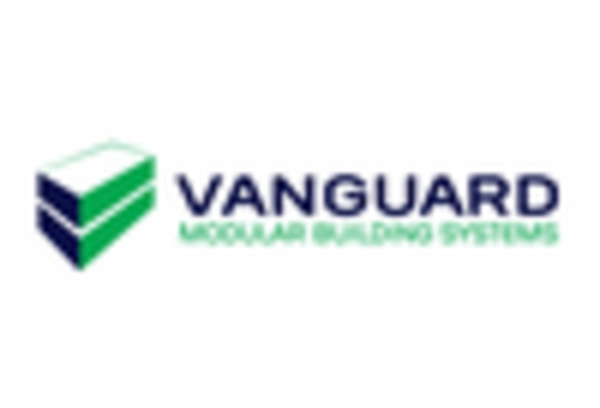








Leave a Comment